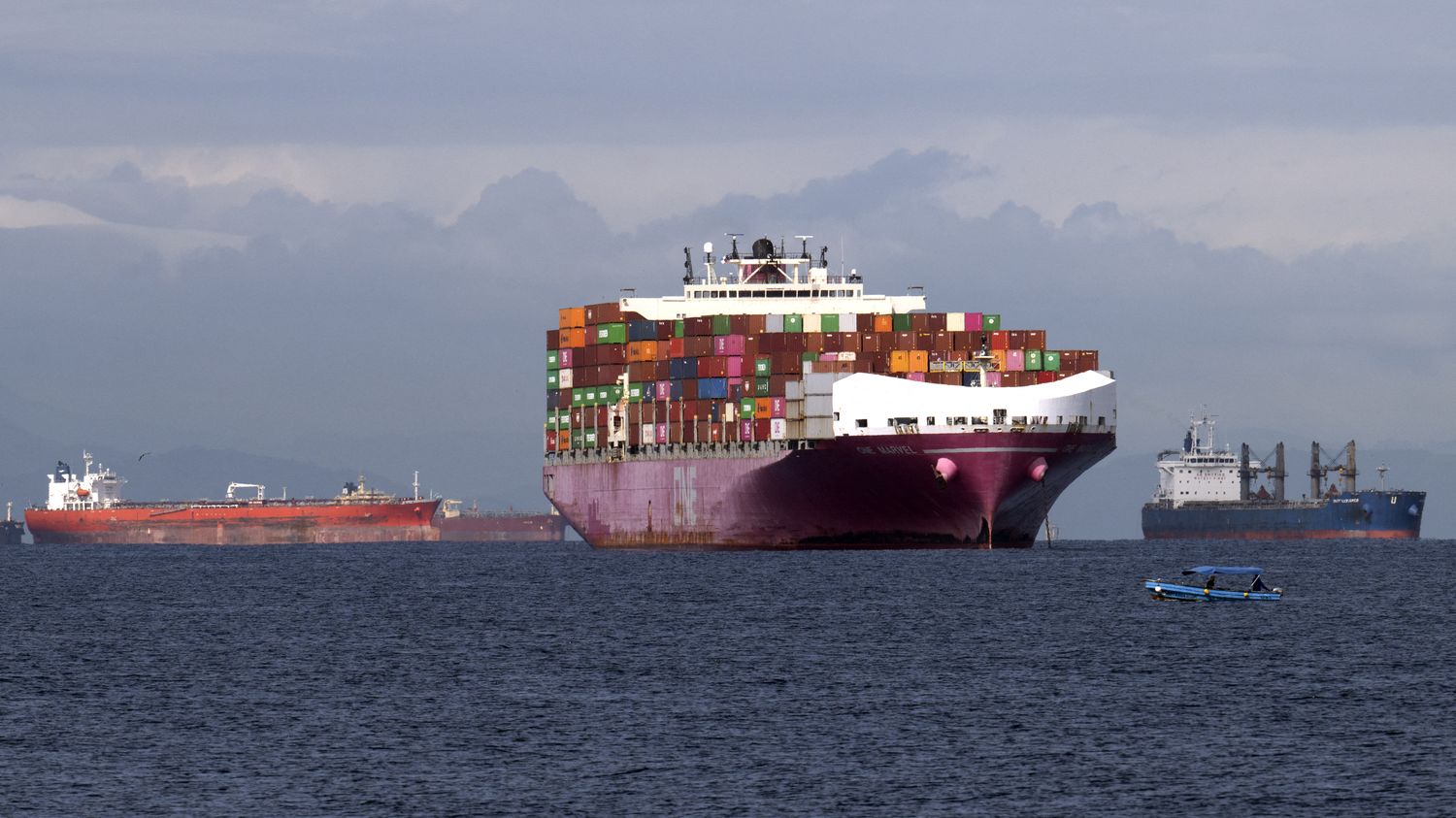After the attacks by the Houthi rebels which transformed the Suez Canal into a dead end, another strategic location for maritime trade finds itself in difficulty: the Panama Canal. The opportunity to recall the issues hidden behind these strategic points.
Published
Update
Reading time: 3 min

The Panama Canal allows Pacific ships to pass from Pacific waters to the Caribbean Sea. But with the lack of rain, the water level is so low that it has been impossible, for months, to keep up with traffic rates. The culprit is the El Niño phenomenon which regularly disrupts the climate. It was so brutal in 2023 that precipitation in Central America fell by 30%. The daily flow across the entire canal has almost been cut in half, from around 40 ships to 24 now.
To move these behemoths through the locks, you need a lot of bottom, and therefore a lot of water. “Without water, goods cannot pass“, explains Ricaurte Vasquez Morales, the channel administrator, interviewed on the American channel CBS. “The Panama Canal uses 2.5 times the amount of water a city like New York needs, every day ! So we’re really looking for water reserves, that’s my biggest concern, he is alarmed. We are climate dependent and climate change has very concrete consequences for us.” The decline in canal activity causes environmental damage. Those responsible pump all the water they find nearby, in lakes, rivers…
Overcrowded and adventurous sea lanes all over the world
The environmental problem is obviously the least of the canal authority’s concerns, losses could go up to 700 million euros for this year 2024. It is also a problem for the Western market, because in the same way as the Suez Canal, this passage through Panama is an essential place for the functioning of world trade. So much so that, soon, some will reduce their consumption not out of ecological concern, but out of obligation. 80% of world trade is carried out by sea, however supply is becoming more and more expensive and more and more complex.
In addition to the security problems at the entrance to the Suez Canal and the climate problem in Panama, there is a saturation problem in the Strait of Malacca. We don’t talk about it much, but this passage between Singapore and Indonesia has become too narrow to accommodate all the transit. In addition, ships there are regularly targeted by maritime piracy and it is a strategic location that China seeks to control at all costs. Indeed, 90% of its imports pass through Malacca, which causes strong tensions with all the countries bordering the South China Sea.
A deployment of force to protect these tactical zones
Control of the oceans is becoming essential for all the great powers in the world and many experts even consider that the international order depends on these maritime spaces. If 80% of goods sold in the world pass by sea, 97% of the global internet network circulates via telecommunications cables installed at the bottom of the oceans. We can say that the capitalist model in which we live is based on the stability and security of these maritime spaces! It is therefore not surprising to see the United States mobilize part of its warships to counter the Houthis at the entrance to the Red Sea. We will also not be surprised to see China’s efforts in recent years to develop its fleet and today become the world’s leading maritime military power.
